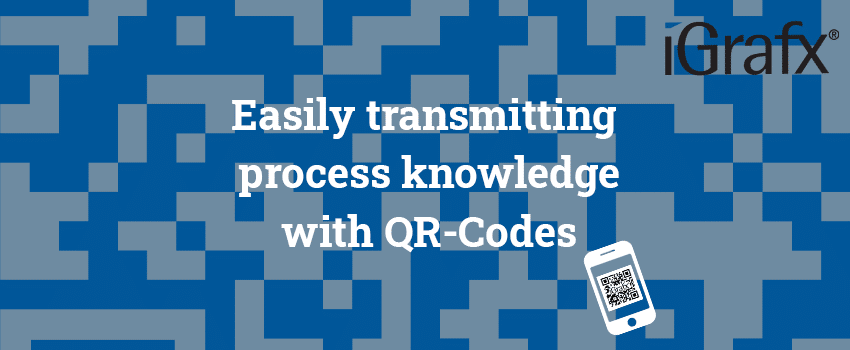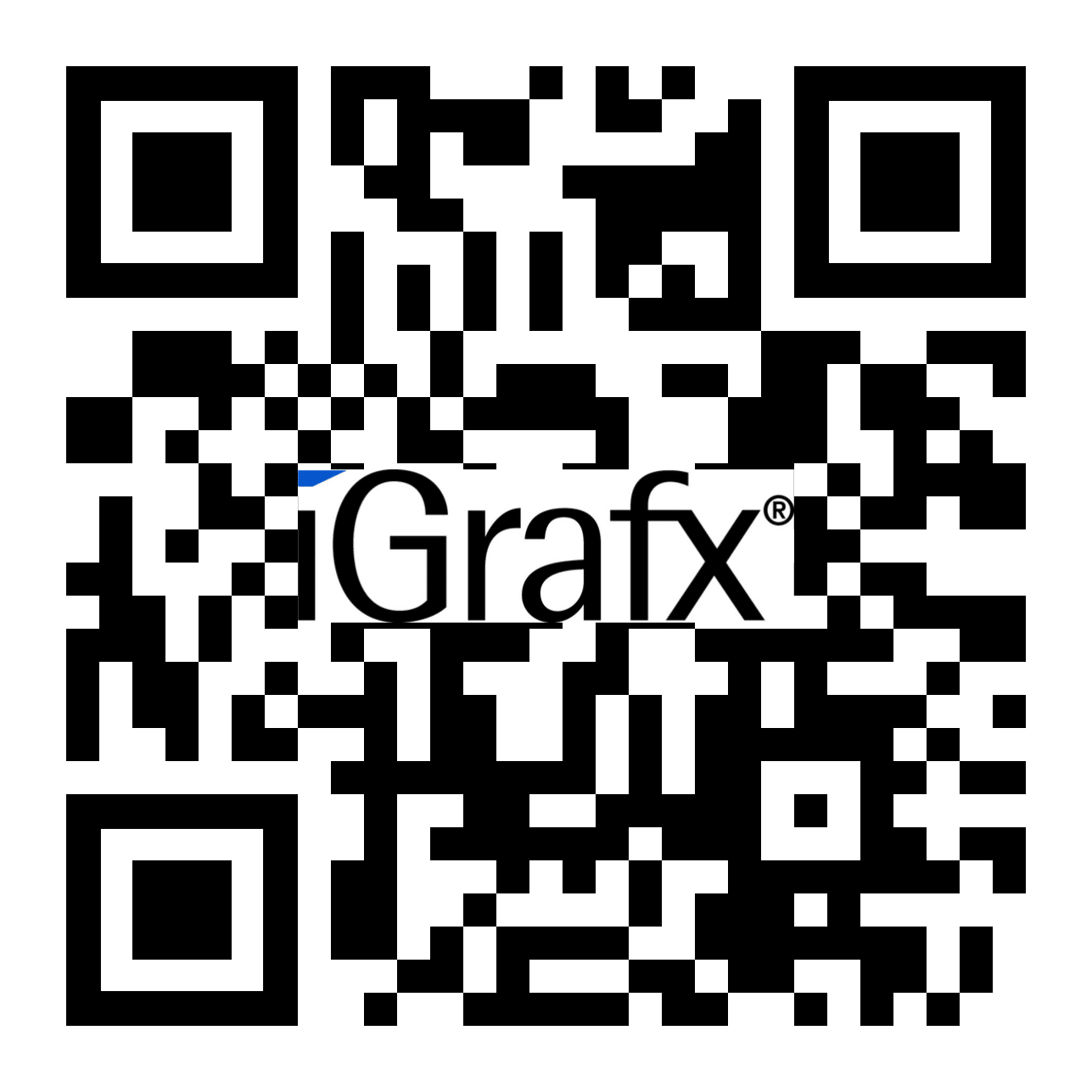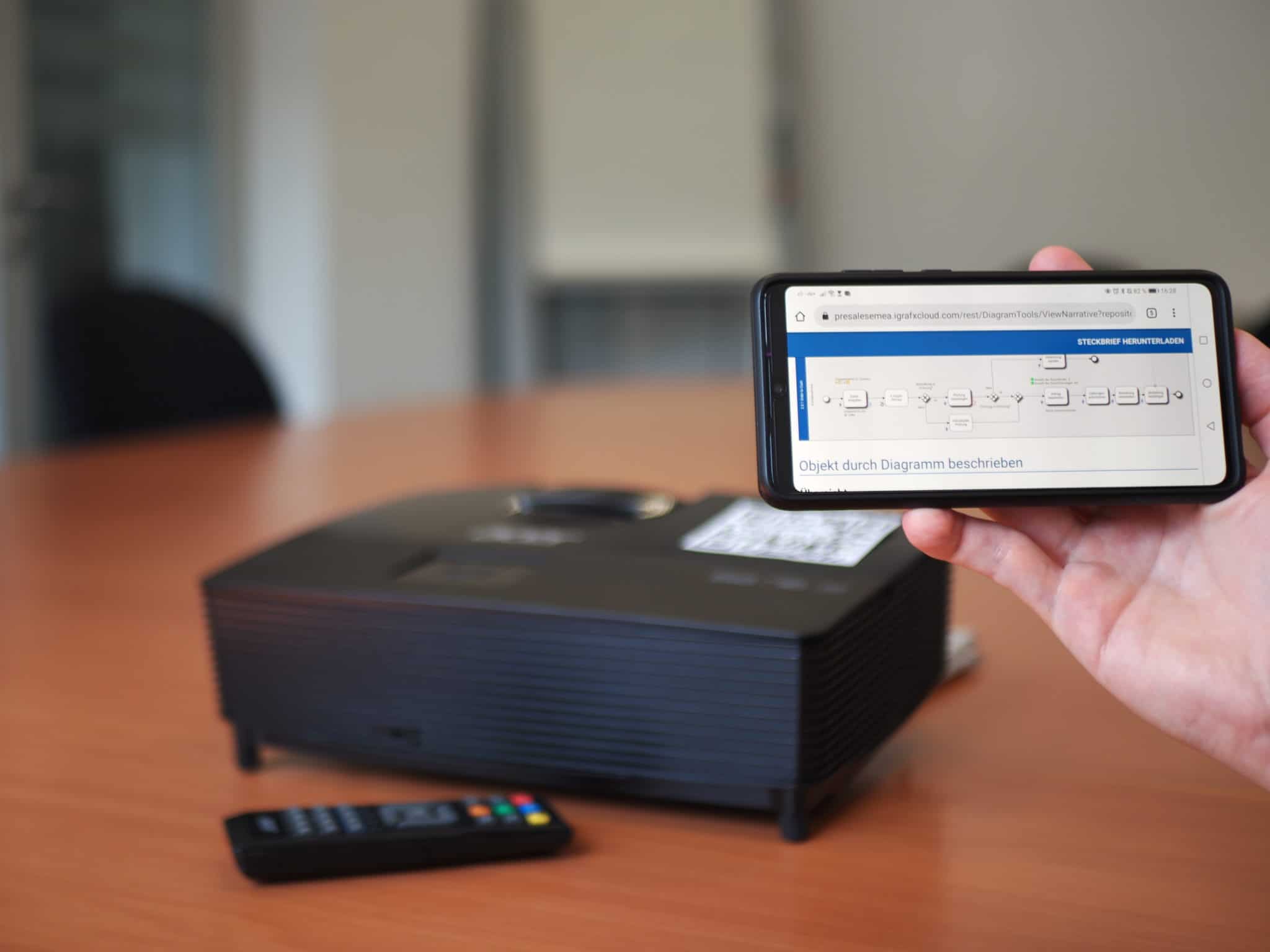Using QR-codes to transmit process knowledge

The QR code is becoming more widespread, and so is its usage. Whether used for signing up for a new app or also used increasingly on advertising posters to let pedestrians interact with it – the QR code is becoming more and more important in its role to connect people with information.

In Business Process Management it is a challenge to be able to share process knowledge with colleagues or employees. With the help of QR codes, we want to make it possible to communicate the latest status quickly and easily, without having to search for the right process information extensively and repeatedly.
The Purpose of a QR Code
By viewing and following the process steps accessible by a QR code, a successful process flow is enabled. The process description makes it easier for users to understand the individual steps. There are various options to design the description of the process so that all information is clearly understood.
Moreover, the QR code can be used in a variety of situations. For example: there is a big conference with external customers coming up and you need to prepare for the meeting. You can put a QR code in specific locations like the meeting room. By using this QR code you can find all the processes that are related to this room. For example, you can launch the workflow system for reserving the room.
In our example image, we demonstrate the option of attaching a QR code to IT equipment and devices to provide instructions for its proper use and quickly clarify potential questions, such as who to contact for support or how to report an issue with the equipment.
Details of a QR Code

Often it is crucial to take note of safety instructions before entering specific areas. It is possible to place a QR code in front of the entrance to a server room or production facility. The purpose would be to to watch a safety manual in the form of a video imbedded in the process description. Graphics can also be used so that the instructions are displayed pictorially.
The comprehensive descriptions are already incorporated in the work instructions that are captured in the iGrafx platform. The user does not have to download any additional documents that accompany the process. This not only saves the user several steps to get to the data, but also the load time. This allows users to work more efficiently. You also can design the process description according to your specific needs or preferences. For example, you could link vacation request forms to the QR code to submit your days-off with your mobile device.
QR Code Example: Fleet Management
But it is not just single processes that can be viewed using the QR code. They can also be used in connection with an entire field of tasks. One example would be fleet management. There are many options to include QR codes on a daily basis.
The process information is filled with meta data and recurring tasks are done with the QR code. If you need instructions to use a booking portal, the QR code will transfer the necessary process information to you. You can imbed links in the work instructions to can have direct access from the process description to other portals. The use of a company car can be left as a QR code in the car. These include questions such as:
- How does the return of the company car work?”
- What do I do in the event of an accident?”
The questions are answered with the process information from the QR code.
QR Code to Facilitate Processes
Using QR codes in everyday work can facilitate many processes and solve problems. With iGrafx, we enable you to quickly share process knowledge with simple means.
The iGrafx Platform is equipped with the right functionality to provide a safe and easy use of the QR Code. The technical structure of our platform enables simple access. The QR code remains stable through the normal changes expected as processes evolve over time. This is due to our fixed URL structure architecture. This means that after the process is edited and updated, the URL behind the QR code does not change. This significantly reduces the need for the constant recreation of QR codes as new versions of the process are approved.
The process behind the QR code can change. However, you don’t need to to reprint the QR code after each update.
In addition, this easy access is supported by mobile devices. No additional plug-ins on the platform or on the cell phone are required. The only requirements are a cell phone camera that correctly recognizes and deciphers the QR code. Plus, a pre-installed Internet browser and an Internet connection. Mobile devices have become indispensable at many workplaces, as they are often within close reach. The “bring your own device” concept is becoming popular. This is where people are allowed to use their private devices at work. QR codes can be scanned by any smartphone.
Thus, it is possible for anyone to have the desired process knowledge quickly loaded onto their mobile device. Security is maintained by giving everyone their own account to the iGrafx Business Transformation Platform.
Feel free to contact our sales team to learn more about how QR Codes can enhance your business processes.